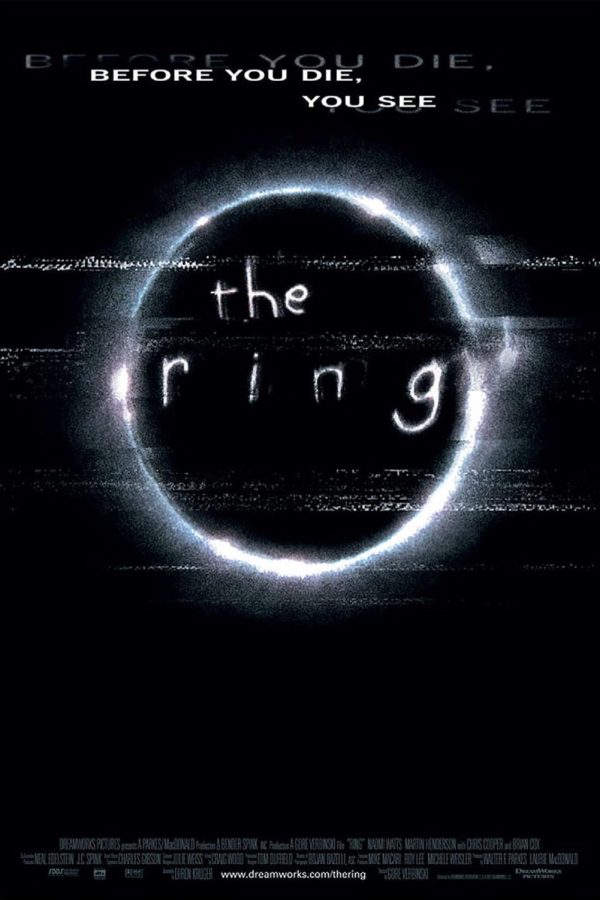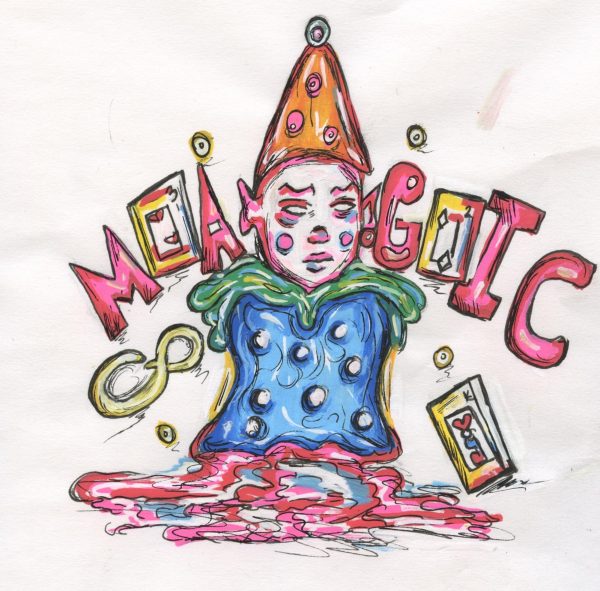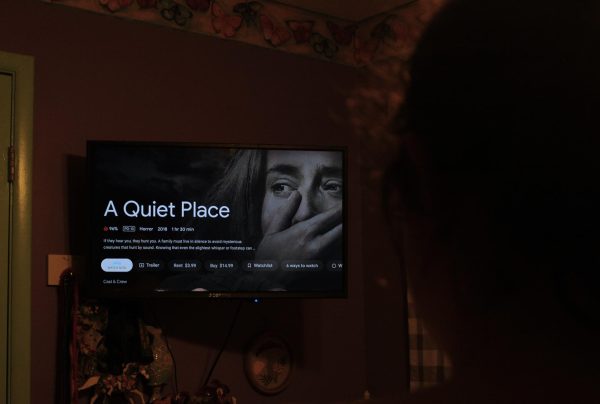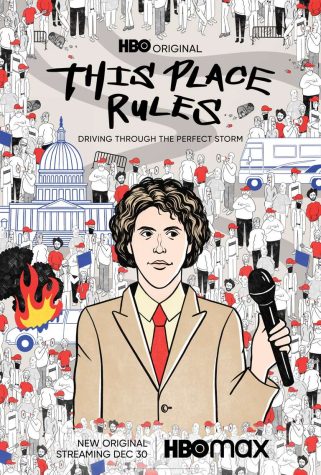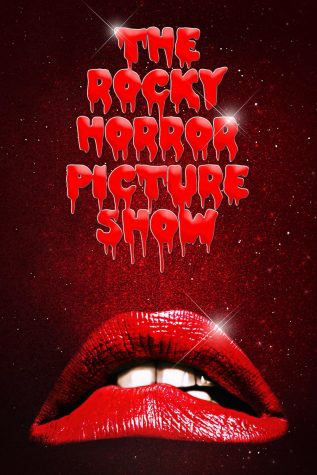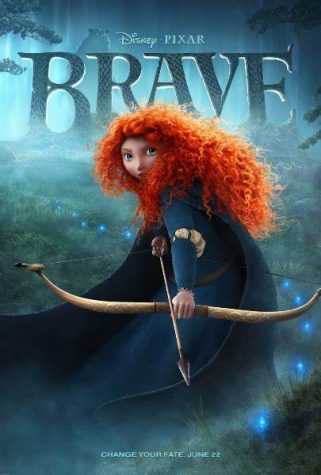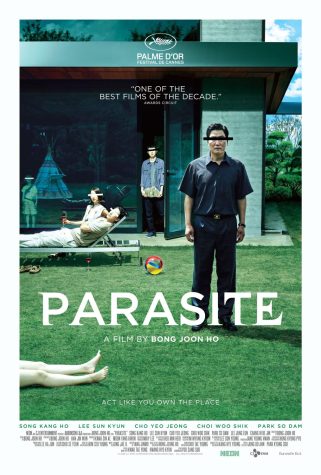Horror Themes in Film
An Exploration into Common Horror Movie Themes
The spooky season has officially begun, and what could be spookier than curling up on the couch with some sweet treats, a warm blanket, and a positively terrifying movie? But first, you have to decide what is scary. This is a question that countless horror writers have had to ask themselves over the years, and while several have come up with interesting new ways to terrify us, they all tend to stick within a certain parameter. Whether you are watching a Western horror flick or an Eastern one, you’re sure to be scared, but why?
With the introduction of characters like Freddy Krueger and Jason Voorhes during the 1970s and 80s, Western audiences fell in love with the disturbing and horrifying atmosphere of slasher flicks, and it has influenced the horror genre as we know it today.
Western horror films tend to have a specific focus on scaring the audience via shock horror. This generally includes a grim and ghastly atmosphere with jump scares and plenty of gore and violence.
Western horror is more or less, rooted in reality and can sometimes go beyond that. Films like “The Shining” are a great example of this as it is a film with a very normal backdrop while dealing with very abnormal creatures and themes. It is the mundane feeling of the setting that makes everything else so terrifying.
More recently, the 2018 post-apocalyptic film “A Quiet Place” achieved a similar effect by using the absence of sound to give the audience a heightened sense of fear.
Eastern horror, on the other hand, takes a far subtler approach to horror. While things like gore, violence, and jump scares can exist in these films, the clear focus is on the creation of a tense and creepy atmosphere. “The Ring” is an example of this. One of its most iconic scenes being the image of Sadako slowly crawling out of the television screen. The audience has to sit and wait, and that heightens the tension, leaving audiences on the edge of their seats.
Another major theme in Eastern films is social commentary. For example, in the 2010 South Korean film “I Saw the Devil,” the audience follows a detective who spends the movie trying to avenge the murder of his wife. Throughout the film, we see the detective make increasingly morally gray decisions, and the audience is forced to ask if what he is doing is truly okay.
There is a lot of overlap between these two theaters of film, but that’s to be expected since they are bound to influence each other. What’s interesting to note is the focus of the films and to ask the question: why? Why does the West tend to lean towards objective fear while the East is more conceptual? It’s not something that can be covered in a single article, but maybe ask yourself this question the next time you sit down to watch your favorite scary flick.



